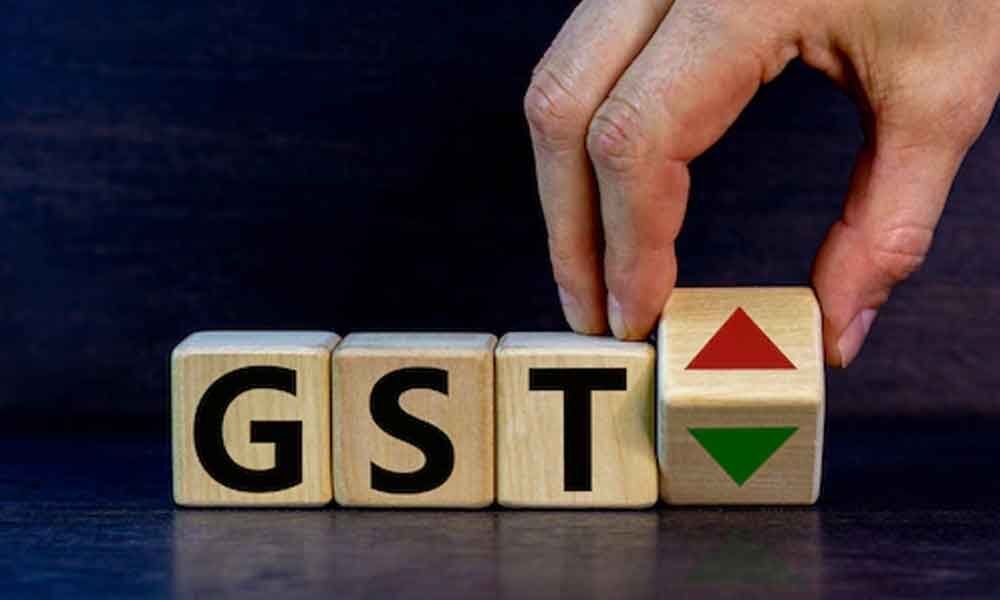
It is the hot news that GST is going to be biggest tax reform India ever have, but do we really understand why India need GST? what is the importance of GST ? how GST will change lives of common people of India ? What are the benefits of GST ? To Understand all these questions we will go through the meaning of GST . Read in this article the meaning of GST in simple language. Once you understand the meaning of GST, read further this example on GST.
WHAT IS GST WITH EXAMPLE
GST refers to Goods and Service tax. It is a multi- point indirect tax, since it is levied at every stage of the production-distribution chain till retail level with applicable set–offs in respect of tax remitted at previous stages.
It is a tax on value addition at each stage. Here a supplier at each stage is permitted to set off, through a tax credit mechanism, the GST paid on purchase of goods and services against the GST to be paid on the supply of the goods and services. So GST is a comprehensive multi-point tax on goods and services.
For example: A manufacturer purchased goods and services worth Rs. 100 and makes an value addition of Rs. 40. Suppose the rate of Tax is 10%. GST on output is Rs. 14. He paid GST of Rs.4 after setting off input tax credit of Rs. 10. Then the manufacturer sells his goods to the wholesaler for Rs. 140. Wholesaler makes value addition of Rs. 20. Now the GST on output is Rs. 16 and he pays GST of Rs. 2 after setting off input tax credit of Rs. 14. Then the wholesaler sells his goods to retailer of Rs. 160. The retailer makes the value addition of Rs. 10. GST on output is Rs. 17. The retailer pays GST of Rs. 1 after setting of input tax credit of Rs. 16.
Hence the total GST paid in above example is Rs. 17 by following different persons
Supplier of Goods Rs. 10
Manufacturer paid Rs. 4
Wholesaler Paid Rs. 2
Retailer Paid Rs. 1
WHY GST IS REQUIRED IN INDIA
The following points shows why GST is so important.
-
There are multi layered taxes levied by the central and state government, which in today’s Indian economy is neither viable nor desirable. They act as hindrance to the growth of small and medium enterprises in India.
-
Variation of tax rate ,even for same commodity ,from state to state – need for harmonization and uniformity.
-
Reduction of Cascading effect needed – no set off Cenvat credit against input tax credit on sale/purchase of goods and vise –a-versa; no set off of central sales tax.
-
There are Large number of compliance in every statute, which is a real headache for a small businessman. It also leads to complexities in tax administration.
-
Complexity in fixation of situs (legal jurisdiction) of sale in many cases like inter sate sale
-
For reducing conflicts in Service Tax vs . VAT. There are many case laws in these following topics
-
Software is service or Good
-
Intellectual property rights
-
Works contracts & AMC contracts
-
Leasing of goods
-
Goods services


